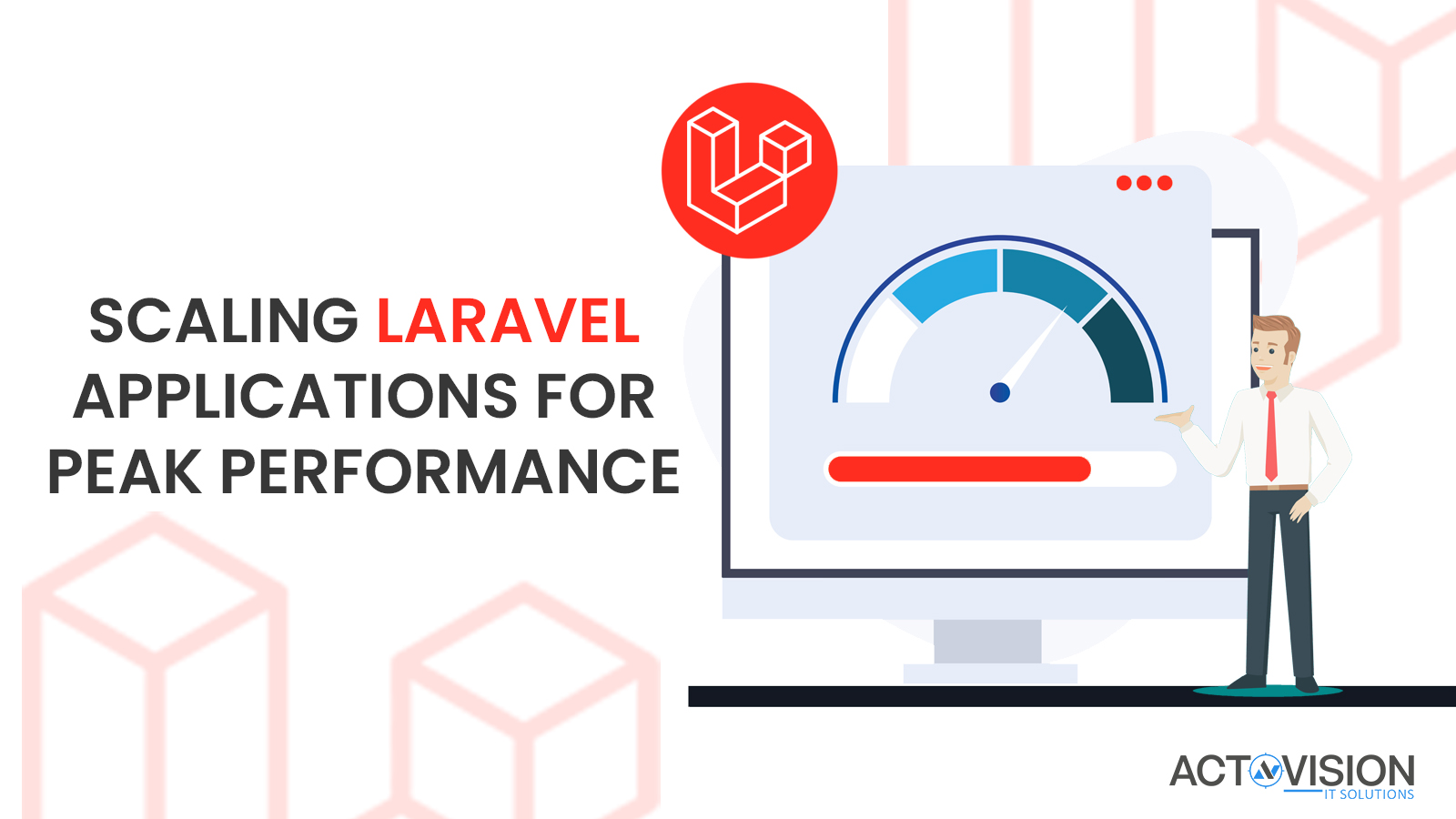Scaling your Laravel applications can be a daunting task, but it doesn’t have to be. If done right, scaling your applications can improve performance and reduce maintenance costs. In this blog post, we will discuss best practices for scaling Laravel applications for peak performance. We’ll cover topics such as caching strategies, server configurations, and more. Read on to learn how you can take advantage of all the benefits of scaling your Laravel applications for optimal performance.
Identifying Bottlenecks
When it comes to scaling Laravel applications, the first step is identifying potential bottlenecks. This helps identify areas of improvement and decide which techniques are necessary to optimize performance. Common bottlenecks include slow response times, excessive database queries, and heavy resource consumption.
When looking for bottlenecks, it’s important to determine where the problem is coming from. For example, if your application is slow, you may need to investigate the root cause of the slowness. Is the web server underperforming? Is your code inefficient? Are there too many requests? Knowing the answers to these questions can help you diagnose the bottleneck and take the appropriate steps to fix it.
Another key way to identify bottlenecks is to use performance monitoring tools. These tools provide visibility into how your application is running, such as which parts of your application are taking the longest to respond or which requests are using the most resources. With this data, you can better pinpoint any potential bottlenecks and prioritize which areas to address first.
Ultimately, identifying bottlenecks is a critical step in scaling Laravel applications for peak performance. By taking the time to investigate issues and diagnose any underlying problems, you can ensure that your application is running optimally and set yourself up for successful scaling.
Applying Caching
Caching is one of the most effective ways to improve the performance of a Laravel application. By caching data and requests, you can significantly reduce the load time for your webpages and improve user experience. Here are some best practices to follow when implementing caching:
1. Utilize Cache Drivers: Laravel allows you to configure different drivers for your caching layer. For example, you can use an in-memory cache such as Redis or an on-disk cache like APCu. Depending on your needs, you can choose the driver that works best for your application.
2. Leverage Cache Tags: Cache tags are a great way to ensure your cached data is up-to-date. When something changes in your application, you can invalidate specific tags and the related cached data will be automatically cleared.
3. Implement Cache Expiration: Another important aspect of caching is expiration. When configuring your cache, you can set an expiration time for each entry so it doesn’t become stale over time. This will help ensure your cached data is always fresh and up-to-date.
By following these best practices for caching, you can ensure your Laravel application is able to scale with ease and deliver a fast and reliable experience for your users.
Minimizing Database Queries
When it comes to scaling your Laravel application, minimizing database queries is essential. Reducing the number of requests to the database can significantly improve the performance of your application. There are a few ways to minimize database queries.
The first step is to identify inefficient code. When using Laravel’s Eloquent ORM, for example, you should avoid using N+1 queries, which can have a serious impact on your application’s performance. By using eager loading and other techniques, you can reduce the number of queries made to the database.
Another way to reduce database queries is to use caching. Caching helps to store data that is frequently requested so that it can be retrieved quickly without having to make unnecessary calls to the database. The most common caching techniques are query caching and result caching. Query caching stores the results of a query so that subsequent calls to the same query do not have to go through the database again, while result caching stores the results of a query and can be used to reduce the number of queries made.
Finally, you should use indexes to help speed up query processing. Indexes are used to find rows with specific column values quickly and can significantly improve the performance of complex queries.
By following these steps and minimizing your database queries, you can ensure that your Laravel application remains fast and efficient as it scales up.
Optimizing Application Code
For web applications built with Laravel, the best way to improve performance is by optimizing the code. Properly optimized code is essential for smooth operation and long-term scalability.
1. Streamline Logging: Logging can quickly become a bottleneck if not managed properly. It’s important to ensure that only the essential logging information is written to disk. This can be achieved through the use of custom log channels and by disabling unnecessary log entries.
2. Optimize Database Queries: Improving query performance starts with writing efficient queries and ends with proper indexing and caching. For example, using eager loading and utilizing the “select” clause to narrow down returned results can help reduce the amount of database queries made.
3. Minimize Redundancy: Redundant code can cause performance issues when it is executed multiple times unnecessarily. It’s important to ensure that all code is optimized and unnecessary lines are removed. Refactoring old code and ensuring that all functions are properly structured can also help improve performance.
4. Use a CDN: A content delivery network (CDN) can help speed up delivery times for static content such as images, videos, JavaScript, and CSS files. A CDN can drastically reduce loading times by caching the content and serving it from different geographical locations.
5. Leverage Caching: Caching can significantly improve application performance by storing commonly used data in memory and avoiding expensive database queries. For Laravel applications, several caching techniques are available, including file-based caching, database-backed caching, and object caching.
By properly optimizing application code, you can maximize performance while ensuring your application is ready to scale as needed. By following these best practices and utilizing the tools provided by Laravel, you can ensure your application is running smoothly and efficiently.






